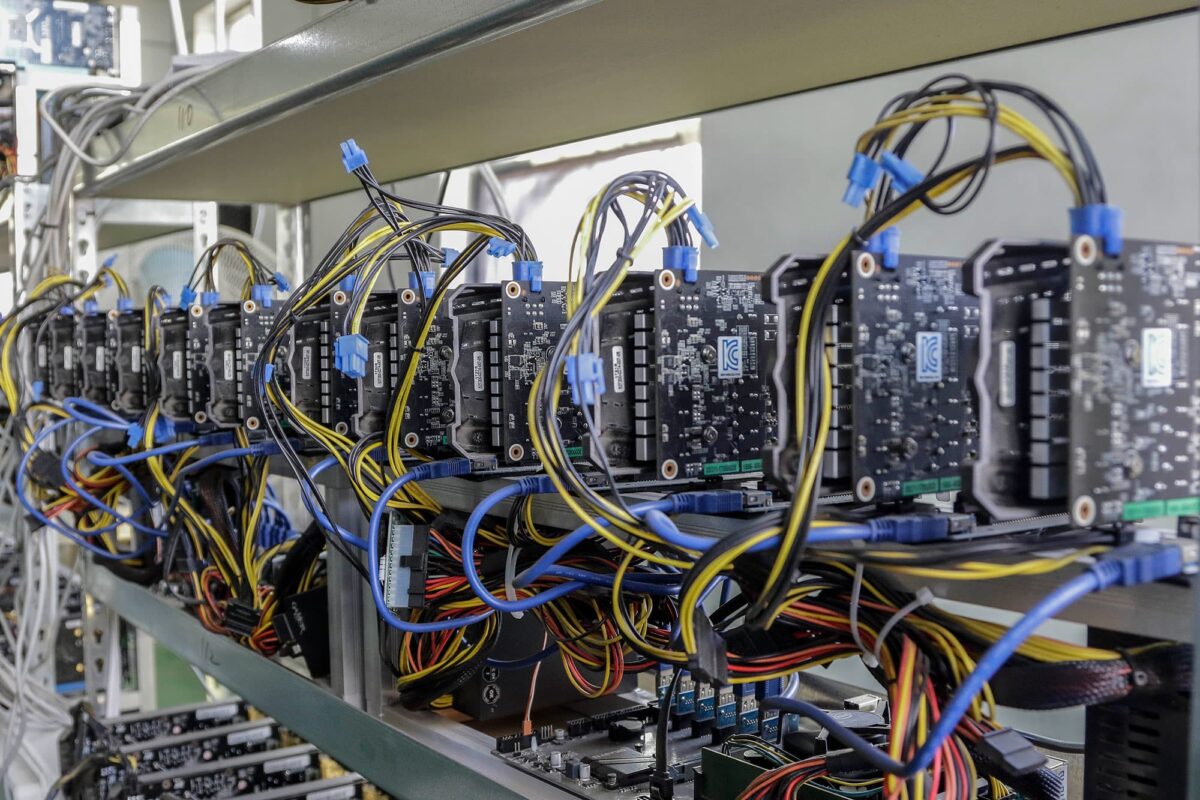Cloud mining has emerged as a gateway for passive income seekers who want exposure to Bitcoin without the complexity of hardware setup or technical maintenance. In 2025, the landscape has matured, but it remains riddled with nuance. For non-tech-savvy users, understanding how to navigate this space requires more than just signing up for a platform, it demands a clear grasp of trust signals, contract structures, and the sustainability of returns.
At its core, cloud mining allows individuals to rent hashing power from remote data centers. These centers operate industrial-grade mining rigs and distribute earnings based on the amount of power leased. The appeal lies in its simplicity: no need to manage noisy machines, monitor temperatures, or deal with electricity bills. However, simplicity doesn’t guarantee profitability. Many platforms advertise fixed returns, but few disclose the full scope of fees, maintenance costs, or the impact of Bitcoin’s network difficulty adjustments.
One of the most overlooked aspects is contract transparency. Reputable platforms provide detailed breakdowns of payout structures, including how often rewards are distributed and what percentage is deducted for operational expenses. Vague or overly optimistic projections should raise red flags. In recent years, several platforms have collapsed due to unsustainable business models or regulatory pressure, leaving users with losses and little recourse. To mitigate this risk, users should prioritize companies with verifiable mining operations, ideally those that publish real time hash rate data and offer third-party audits.
Another critical factor is the duration and flexibility of mining contracts. Short-term agreements may seem attractive, especially during bullish market cycles, but they often come with higher fees and lower efficiency. Long term contracts, while potentially more stable, require careful analysis of Bitcoin’s projected price trajectory and the platform’s ability to remain solvent. A sudden spike in network difficulty or a drop in Bitcoin’s value can erode margins quickly, making even well-structured contracts less profitable.
Energy sourcing also plays a role in long-term viability. Platforms that rely on renewable energy tend to have lower operational costs and face fewer regulatory hurdles. This not only improves profitability but aligns with the growing demand for sustainable crypto practices. Users should look for disclosures about energy partnerships, geographic location of data centers, and contingency plans for power disruptions.
Security and user control deserve attention as well. While cloud mining removes the burden of hardware management, it also means users must trust the platform to handle their funds and mining operations. Multi factor authentication, cold wallet storage, and transparent governance are essential indicators of a platform’s reliability. Without these safeguards, users risk losing access to earnings or falling victim to exit scams.
Ultimately, cloud mining can be a viable passive income stream, but only when approached with diligence and realistic expectations. It’s not a shortcut to wealth, nor is it immune to market volatility. Success depends on selecting platforms with strong operational integrity, understanding the economics behind mining, and staying informed about industry shifts. For those willing to invest time in research and risk management, cloud mining offers a way to participate in the crypto economy without the technical overhead, just don’t mistake ease of entry for guaranteed returns.
Related Products:



















